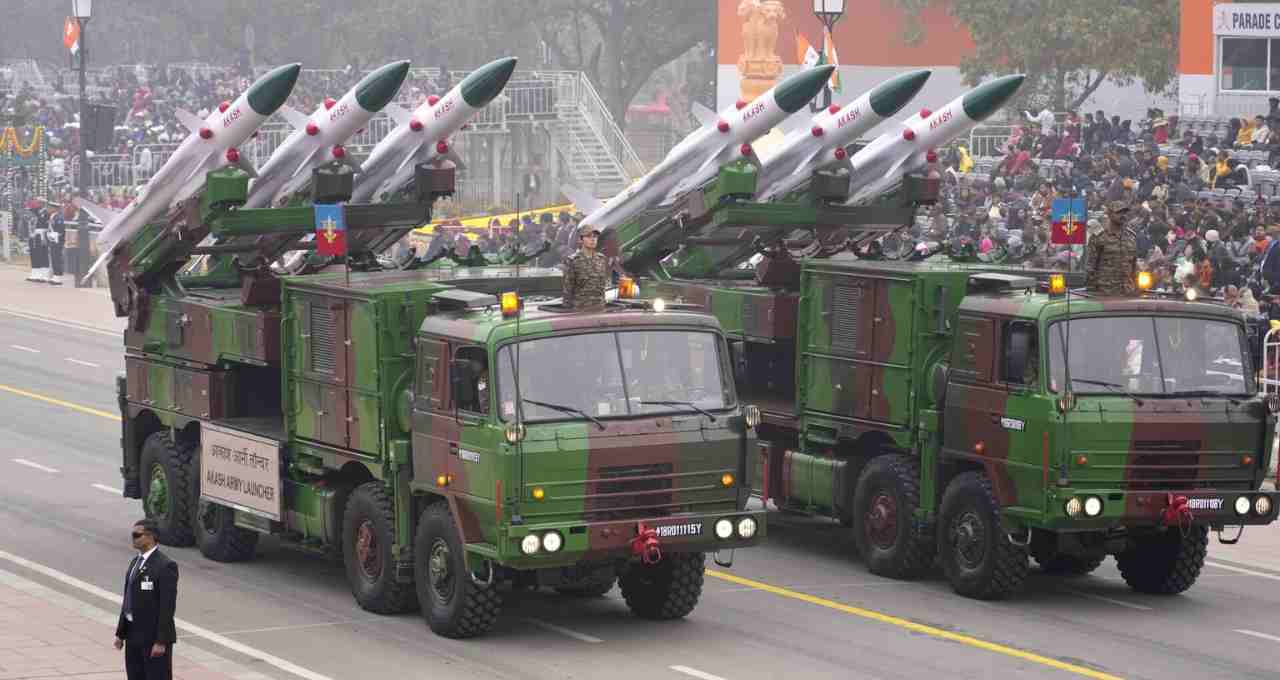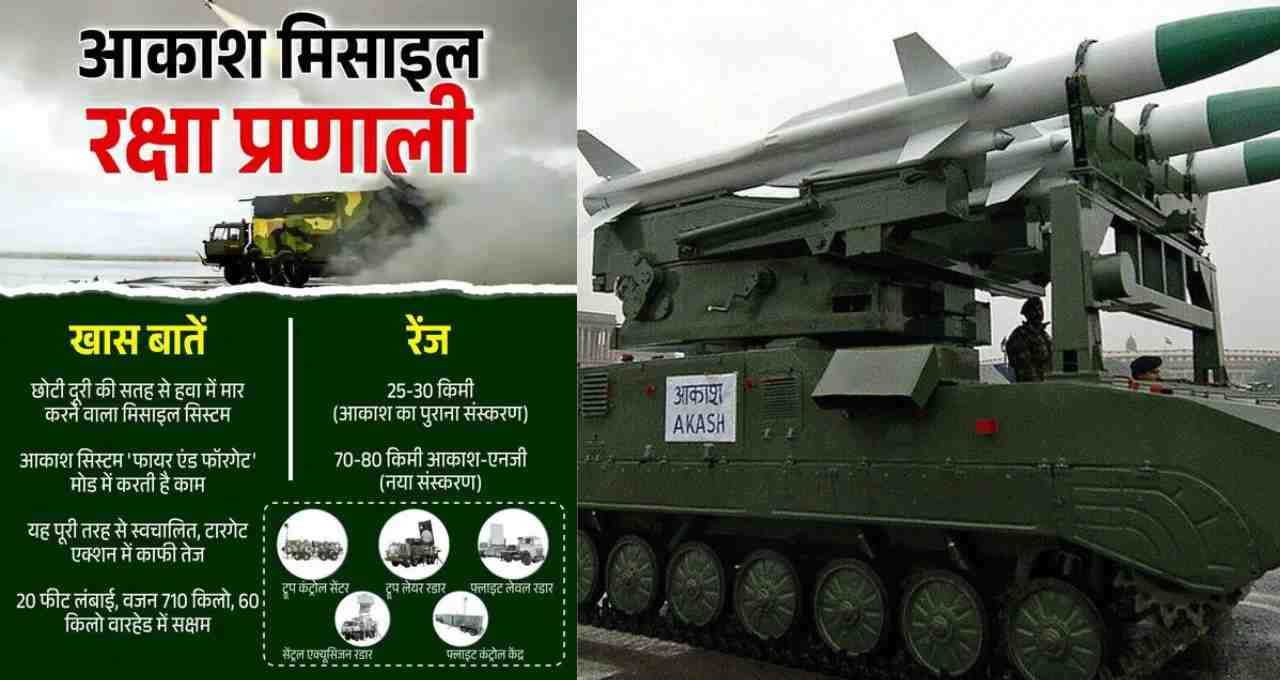During Operation Sindur, India's Akash missile defense system played a crucial role. Under this operation, missiles and drones launched by Pakistan were accurately targeted and destroyed.
Akash Missile Defense System: India has further strengthened its strategic power by establishing the Akash missile defense system as a critical military asset. This system is not only a vital resource for the Indian defense forces but has also set several milestones against Pakistan in terms of Indian security.
Recently, during Operation Sindur, the Akash missile system proved its strength and effectiveness when the Indian armed forces launched a decisive operation against Pakistan. By destroying Pakistani drones and missiles, Akash has added a new dimension to the nation's defense.
Akash Missile System: An Introduction

Akash is a mobile, surface-to-air missile (SAM) system developed by the Indian Defence Research and Development Organisation (DRDO). This system is specifically designed to defend against aerial attacks. It has the capability to destroy fighter jets, cruise missiles, air-to-surface missiles, and even drone attacks. This characteristic makes Akash a dedicated and powerful air defense system.
A key feature of the Akash missile system is its 'fire and forget' mode of operation. This means that once the missile is launched, it requires no further monitoring from the launcher. The system automatically tracks and destroys its target.
Akash Missile's Contribution in Operation Sindur

During Operation Sindur, the Indian armed forces attacked 9 terrorist bases in Pakistan and Pakistan-administered Kashmir. Subsequently, the retaliatory attacks by Pakistan were thwarted by the Indian defense mechanism. The drones and PL-15 missiles sent by Pakistan were countered by India's Akash and S-400 missile defense systems. The Akash missile system completely neutralized these attacks, showcasing India's formidable defense capabilities.
The capability of Akash during this operation proved its effectiveness not only at a limited range but also on a larger scale in effectively preventing aerial attacks. Furthermore, the Indian army targeted Pakistan's air defense systems, attacking 11 locations including Lahore, Karachi, Rawalpindi, and Bahawalpur.
Features of the Akash Missile

Akash is a highly effective and efficient missile system. It is designed to handle a variety of dangerous aerial situations. Some of its key features are:
- Automated and Advanced: The Akash missile is fully automated and has the capability of real-time multi-sensor data processing. This system is capable of identifying and destroying its target.
- Surface-to-Air Missile: This system is specifically developed to destroy aerial attacks. It can also destroy modern threats such as jets, cruise missiles, and drones.
- 'Fire and Forget' Mode: This is a major feature of the Akash missile system. Because of this mode, once the missile is launched, it requires no monitoring and destroys its target independently.
- Multi-Function Radar: The Akash missile system has a state-of-the-art radar that can track targets up to 120 km.
- Coverage Range: The range of the older version was up to 25-30 kilometers, while the range of the new version, Akash-NG, has been increased to 70-80 km.
- High Speed: The speed of the Akash missile is between Mach 2.5 and 3.5, making it even more effective.
- Accuracy: The kill probability of this missile is 88%, and if two missiles are launched simultaneously, this probability increases to 99%.
Global Export of Akash Missile
India has not only inducted the Akash missile system into its army and air force but has also exported it. Under a deal worth ₹6000 crore, India has exported the Akash system to Armenia, further enhancing India's global recognition of its defense technological capabilities. Another significant aspect of the Akash missile system is that it is entirely developed in India.
Its production involves significant contributions from Indian companies such as Bharat Dynamics Limited, Bharat Electronics Limited, Tata Advanced Systems, and Larsen & Toubro. This indigenous system is a major step towards India's self-reliance.










